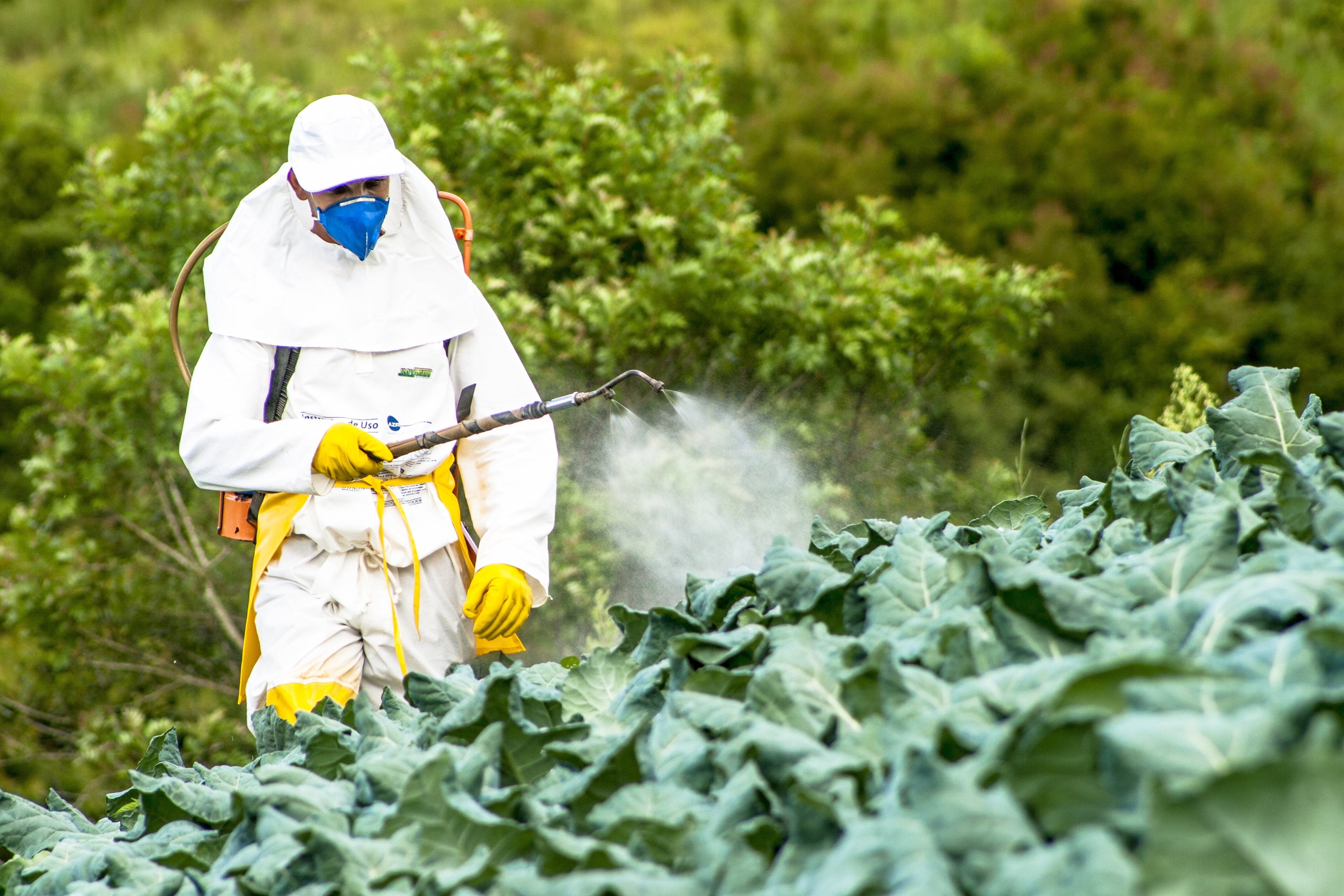
Agriculture in the modern era is a pursuit riddled with chemicals, and plenty of these substances end up running off into the water supply every summer and autumn whenever it rains – yet another challenge for water filters to deal with. Insecticides are used to kill grasshoppers, weevils, caterpillars, and other bugs trying to feast on the crops. Herbicides control weeds, and chemical fertilizers are used to gain more significant and more reliable crops.
Though many of these methods are useful for large-scale farming, the chemicals have to end up somewhere, and that “somewhere” is generally the streams, lakes, rivers, and reservoirs that drinking water is pumped out of.
You shouldn't convince yourself these chemicals are broken down harmlessly by the time they come out of your tap, because, for example, fertilizers washed into the sea from farms thousands of miles away cause huge, destructive algal blooms at many major river mouths every summer and autumn now.
Water filters that can remove pesticides, insecticides, and fertilizers from water are those that are listed as being capable of cutting down on “volatile organic compounds”, which are frequently abbreviated to VOCs. People who live in regions where these chemicals are used frequently, such as the American Midwest, the breadbasket areas of western Russia or northern Kazakhstan, Mexico's Central Valley, and so on, should seek out filters that remove VOCs.
Multimedia filters are those which can cope best with these insidious chemicals. When speaking of water filters, “media” refers to the substances inside the filter cartridge that provide the actual filtration effect. Carbon is a kind of media used very frequently in all kinds of filters. Yet, seeing a label that says “carbon filter” doesn't mean that this is automatically a good choice – in fact, there's a high chance you're looking at a single-media filter that will remove only a trivial part of the chemicals present in the water.
True multimedia filters include several different media to filter the water in multiple, different ways. This produces much more effective cleansing than just a single type of media can provide. Carbon of some kind is often still present and is likely the main “ingredient” in the filter cartridge, but several other media are also given an important place.
The media in a multimedia filter work not only by capturing or absorbing contaminants but also by chemically breaking down (reducing) or modifying (catalyzing) chemicals into different, harmless forms. Sometimes the chemicals are also removed and flushed away as waste, as in the case of reverse osmosis water filters.
These filters are often a bit more expensive than single media filters and must have their cartridges changed somewhat more often, but they are well worth it for people living in pesticide and fertilizer-contaminated regions to protect themselves from volatile organic compounds.


Share:
KDF Filtration and Safe Drinking Water
The Dangers Heavy Metals can Pose to Health